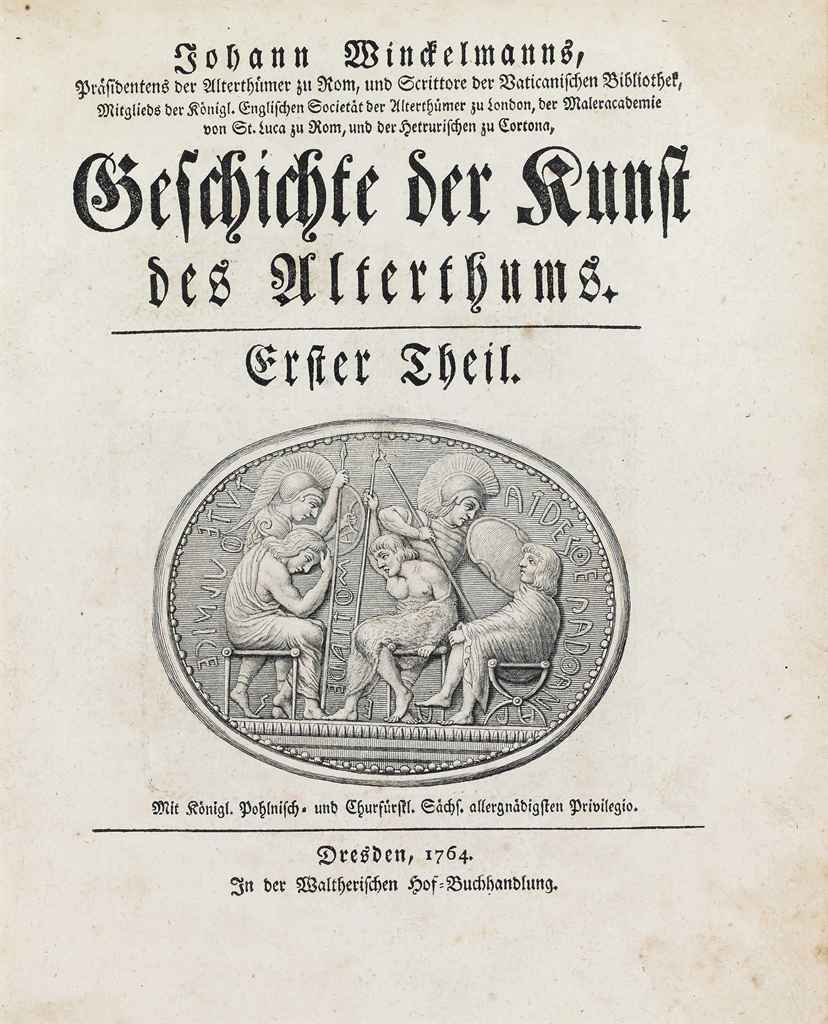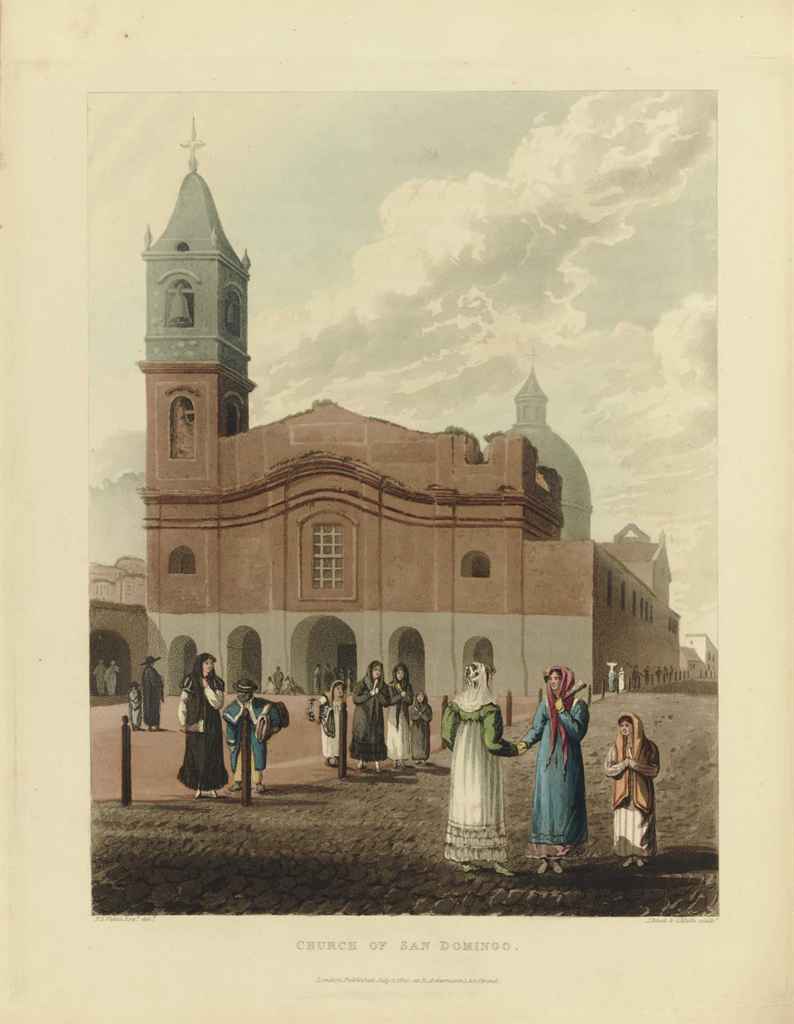RICCI, Mateo (1552-1610). "Kunyu Wanguo Quantu," [Map of the Ten Thousand Countries of the Earth]. World map, in Chinese, with Japanese Katakana characters. Japan, late 17th/early 18th century.
RICCI, Mateo (1552-1610). "Kunyu Wanguo Quantu," [Map of the Ten Thousand Countries of the Earth]. World map, in Chinese, with Japanese Katakana characters. Japan, late 17th/early 18th century.] Manuscript map of the world, ink and colors on Japanese paper, six sheets mounted on a screen, each 1676 x 633 mm (65 ¾ x 24 7/8 in.); 1676 x 3798 mm (65¾ x 149½ in.) overall. The map following the exact form of Ricci, with some geographical names and texts in Japanese Katakana. Mounted on a 19th-century screen, with ½-in. gilt-paper border along top and bottom, the screen within a wooden frame. (Toned, white latitude and longitude lines faded, lower portion of panels 5 and 6 with some surface abrasions and tears, other small areas of wear, mainly to the upper- and lower-most portions of the sheets, old retouching in several areas.) Provenance : Dr. Ernst Arthur Voretzsch (1868-1965), Schloss Colmberg, from 1928 to 1933 the German Ambassador to Japan (sold Hauswedell, 16 June 1955, lot 270); purchased by John Howell and sold to the present owner. AN EARLY MANUSCRIPT COPY OF RICCI'S MONUMENTAL WALL MAP: THE FIRST MAP TO COMBINE EASTERN AND WESTERN CARTOGRAPHY, made by a skilled Japanese copyist. Ricci's map was originally printed in 1602 at the Jesuit Mission at Beijing, which Ricci had founded with Father Ruggieri. Ricci made several printed Chinese wall maps at the request of the governor of the province, and later the Emperor after the mission had been moved to Nanking. No copies of the earliest version of Ricci's map survive, and of the 1602 version that made him famous, only 7 copies printed before 1644 are located (3 printed after that date are known). The tradition of making manuscript copies began almost immediately after its printing. Japanese copies such as this reveal the importance of the map in opening up Japan's geographical understanding of the world, and were especially prized during the Edo period from 1639 to 1853 when Japan was isolated from outside influences. Because Ricci was known as Li Madou, many Japanese believed him to be Chinese and therefore his map was not banned as other Western maps were. Many copies of Ricci's map are greatly distorted from the original, whereas the present example very faithfully reflects the map's original look, both in the geographical details and in the textual transcriptions. All early copies of Ricci's map are rare, with few appearing on the market, and those that have clearly indicating a much later date of production than the present. Ricci's projection closely followed Abraham Ortelius's 'Typus Orbis Terrarum,' but reoriented the map to place China towards the center of the map "to reflect the Chinese notion of their place in the world as the 'Middle Kingdom' This arrangement sets America on the eastern borders of the map, a fact which was later to confuse the Japanese who saw America as one of the 'western countries': (Jones, Nelson and Wallis). Other sources, such as the world maps of Gerard Mercator and Pieter Plancius, are evident. The printed map has been called "the impossible 'black tulip'" by Robinson, and manuscript copies are nearly as elusive. The survival of any wall map of this size is extremely rare, especially when combined with the fragility of the paper used, the remoteness of the country of origin and the numerous political challenges the Ricci map has faced since its creation. Christie's thank John D. Day for his assistance in cataloguing this lot. REFERENCES: Day, John D., "The Search for the Origins of the Chinese Manuscript of Matteo Ricci's Maps,' Imago Mundi , Vol. 47 (1995), 99.94-117; Day, John. "The Voretzsch/Howell Ricci Map, a peculiar puzzle," The Map Collector , Autumn, 1995; Jones, Nelson and Wallis, 'Chinese and Japanese Maps,' British Museum Publications Ltd., 1974; Unno, Kazutaka, et al The World in Japanese Maps Until the Mid-19th Century , Nihon Kochizu Taisei Sekaizu-hen Tokyo, Kodansha, 1975; Unno, Kazutaka. Seiyo chikyusetus no denr
RICCI, Mateo (1552-1610). "Kunyu Wanguo Quantu," [Map of the Ten Thousand Countries of the Earth]. World map, in Chinese, with Japanese Katakana characters. Japan, late 17th/early 18th century.
RICCI, Mateo (1552-1610). "Kunyu Wanguo Quantu," [Map of the Ten Thousand Countries of the Earth]. World map, in Chinese, with Japanese Katakana characters. Japan, late 17th/early 18th century.] Manuscript map of the world, ink and colors on Japanese paper, six sheets mounted on a screen, each 1676 x 633 mm (65 ¾ x 24 7/8 in.); 1676 x 3798 mm (65¾ x 149½ in.) overall. The map following the exact form of Ricci, with some geographical names and texts in Japanese Katakana. Mounted on a 19th-century screen, with ½-in. gilt-paper border along top and bottom, the screen within a wooden frame. (Toned, white latitude and longitude lines faded, lower portion of panels 5 and 6 with some surface abrasions and tears, other small areas of wear, mainly to the upper- and lower-most portions of the sheets, old retouching in several areas.) Provenance : Dr. Ernst Arthur Voretzsch (1868-1965), Schloss Colmberg, from 1928 to 1933 the German Ambassador to Japan (sold Hauswedell, 16 June 1955, lot 270); purchased by John Howell and sold to the present owner. AN EARLY MANUSCRIPT COPY OF RICCI'S MONUMENTAL WALL MAP: THE FIRST MAP TO COMBINE EASTERN AND WESTERN CARTOGRAPHY, made by a skilled Japanese copyist. Ricci's map was originally printed in 1602 at the Jesuit Mission at Beijing, which Ricci had founded with Father Ruggieri. Ricci made several printed Chinese wall maps at the request of the governor of the province, and later the Emperor after the mission had been moved to Nanking. No copies of the earliest version of Ricci's map survive, and of the 1602 version that made him famous, only 7 copies printed before 1644 are located (3 printed after that date are known). The tradition of making manuscript copies began almost immediately after its printing. Japanese copies such as this reveal the importance of the map in opening up Japan's geographical understanding of the world, and were especially prized during the Edo period from 1639 to 1853 when Japan was isolated from outside influences. Because Ricci was known as Li Madou, many Japanese believed him to be Chinese and therefore his map was not banned as other Western maps were. Many copies of Ricci's map are greatly distorted from the original, whereas the present example very faithfully reflects the map's original look, both in the geographical details and in the textual transcriptions. All early copies of Ricci's map are rare, with few appearing on the market, and those that have clearly indicating a much later date of production than the present. Ricci's projection closely followed Abraham Ortelius's 'Typus Orbis Terrarum,' but reoriented the map to place China towards the center of the map "to reflect the Chinese notion of their place in the world as the 'Middle Kingdom' This arrangement sets America on the eastern borders of the map, a fact which was later to confuse the Japanese who saw America as one of the 'western countries': (Jones, Nelson and Wallis). Other sources, such as the world maps of Gerard Mercator and Pieter Plancius, are evident. The printed map has been called "the impossible 'black tulip'" by Robinson, and manuscript copies are nearly as elusive. The survival of any wall map of this size is extremely rare, especially when combined with the fragility of the paper used, the remoteness of the country of origin and the numerous political challenges the Ricci map has faced since its creation. Christie's thank John D. Day for his assistance in cataloguing this lot. REFERENCES: Day, John D., "The Search for the Origins of the Chinese Manuscript of Matteo Ricci's Maps,' Imago Mundi , Vol. 47 (1995), 99.94-117; Day, John. "The Voretzsch/Howell Ricci Map, a peculiar puzzle," The Map Collector , Autumn, 1995; Jones, Nelson and Wallis, 'Chinese and Japanese Maps,' British Museum Publications Ltd., 1974; Unno, Kazutaka, et al The World in Japanese Maps Until the Mid-19th Century , Nihon Kochizu Taisei Sekaizu-hen Tokyo, Kodansha, 1975; Unno, Kazutaka. Seiyo chikyusetus no denr















Try LotSearch and its premium features for 7 days - without any costs!
Be notified automatically about new items in upcoming auctions.
Create an alert